In light of the recent banking crisis, many businesses (and their customers) are changing banks. Similarly, these changes in banking are accompanied with changes to wire instructions. If you receive new wire instructions via e-mail, or conversely, if you are communicating changes to your own wire instructions via e-mail, you are at high risk for a wire fraud attack.
That’s because criminals are also aware of this massive banking shift, and are already attempting to communicate with your investors and business partners alike to trick them with fraudulent wiring instructions – all via e-mail. As a consequence, if you change, or are planning on changing, your wiring instructions, it is critical that you call all recipients to verbally relay the changes associated with your new wiring instructions.
Additionally, BW Cyber recommends that you also require your investors and trading partners to call you back if/when they receive any e-mail notices to changes in your wiring instructions. Criminals will be looking to take advantage of the current turmoil in the banking sector to trick unsuspecting individuals and organizations into responding to unconfirmed wire instructions provided via e-mail. This is especially important if you have a capital call, or you are anticipating receiving inbound funds in the near future.
While it should always be a requirement to call the recipient when you receive a change to wiring instructions, BW Cyber is now strongly recommending that you call all of your investors to explain any wire changes that you may be initiating.
As a reminder to the Security Alert BW Cyber sent out recently related to wire fraud prevention, typosquat e-mail attacks are the number one indicator of a planned wire fraud attack.



